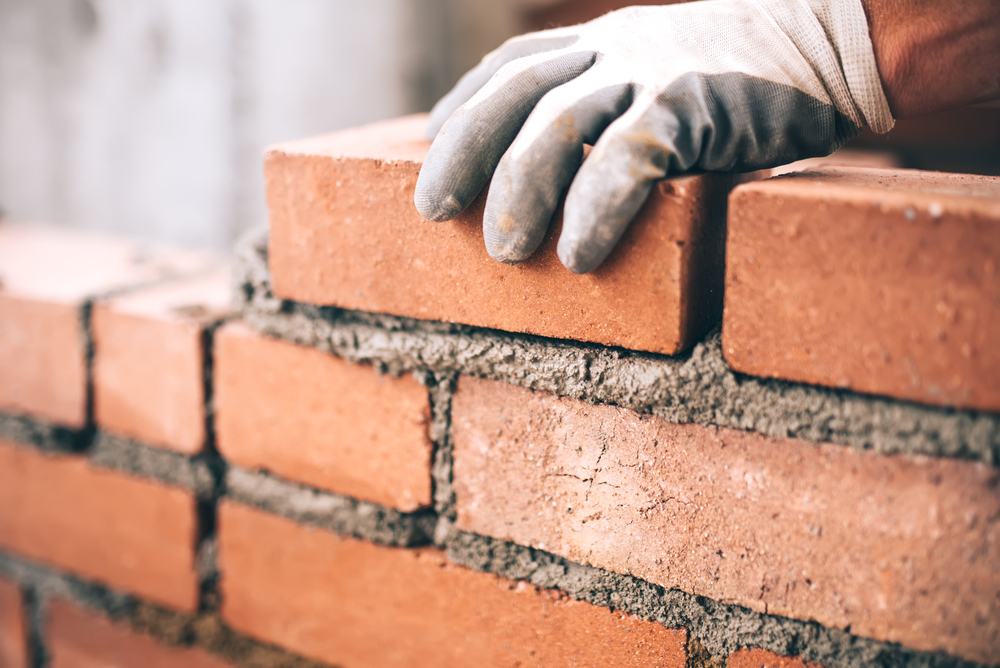In North Carolina, adult prisoners will build a new confinement facility for juvenile offenders, officials announced. After expanding its juvenile system’s jurisdiction to include 16- and 17-year-olds, the state anticipates a need for more beds for youth who have been adjudicated.
Slated to open in 2022, the 60-bed Rockingham Youth Development Center will be constructed in Reidsville under the state’s Inmate Construction Program. The state currently operates four such facilities with a total of 216 beds.
 “This is a great development for us because it’s going to actually save us about $12 million to do it that way,” said William Lassiter, deputy secretary for juvenile justice of North Carolina’s Department of Public Safety (DPS), during a virtual meeting of the Juvenile Jurisdiction Advisory Committee (JJAC) on May 15.
“This is a great development for us because it’s going to actually save us about $12 million to do it that way,” said William Lassiter, deputy secretary for juvenile justice of North Carolina’s Department of Public Safety (DPS), during a virtual meeting of the Juvenile Jurisdiction Advisory Committee (JJAC) on May 15.
Local city and county officials are “on board,” he said.
The lowest private-sector bid for the project was $32 million. The Inmate Construction Program believes it can execute it for $20 million, plus some additional costs for site security during construction. The $20 million has been allocated by the state’s General Assembly, a spokesperson for DPS said.
The state plans to break ground in mid-July, Lassiter said. After the land is ready, inmates are expected to start construction in October. The state has bought the development property and started buying materials for the construction.
About 200 North Carolina inmates are enrolled in the construction program, which consists of classes and on-the-job training with the aim of getting a journeyman’s certification. Inmate crews have constructed buildings at several adult correctional facilities.
In January, the JJAC reported the Juvenile Justice division was having trouble finding a contractor to build the secure facility because of the “successful economy.”
Since then, the economic effects of the pandemic are expected to turn a state budget surplus into a multibillion-dollar deficit as tax revenues fall.
North Carolina DPS anticipates hiring 114 workers to staff the new facility. Apart from the rooms for the confined youth, the Rockingham YDC is expected to have four traditional classrooms and two for vocational training, plus a gym and a basketball court outdoors.
More serious offenses than usual since shutdowns
The COVID-19 pandemic scrambled the projections DPS had made about how many beds would be required once the raise in age of the juvenile system’s jurisdiction went into effect in December 2019. With schools closed, youth complaints plummeted during March and April.
However, complaints that originate in North Carolina schools are overwhelmingly for misdemeanors and status offenses. Serious offenses remained steady in March and then exceeded projections in April during the state's shutdown. Those are more likely to land a youth in a long-term confinement facility like the planned one in Rockingham County.
So North Carolina is expanding its juvenile detention capacity based on the needs that the JJAC predicted — pre-COVID-19 — in its January report. Even with COVID-19, Juvenile Justice has admitted to detention 97% of the number of youth that it expected to, with a higher-than-expected share of serious offenses represented, a spokesperson said.
The cost savings represented by the use of prison labor at Rockingham could make possible what the state legislature otherwise might not have.
Apart from the capital costs for the Rockingham facility, DPS has requested a recurring $6.7 million from the governor and General Assembly to fund the additional detention beds required by the inclusion of 16- and 17-year-olds into the juvenile system, Lassiter said.
“With everything that’s going on with COVID-19 right now, we’re not exactly sure what the budget’s going to look like. So I don’t know if that request will be funded or not, just because resources have gotten very tight, very quickly,” he said.
If the preadjudication detention population returns to what it was before the pandemic spurred the state to release about a quarter of its detained youth, Juvenile Justice would need its 185 new beds, as initially planned, Lassiter said. tt
